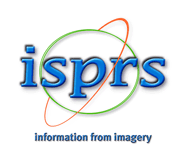Using geographic information systems to improve the efficiency of healthcare management and ensure the sanitary and epidemiological well-being of the population
Keywords: Geographic information systems, Healthcare, Sanitary and epidemiological well-being, Digital platform, Data analysis
Abstract. Assessing public health risks—shaped by natural, climatic, anthropogenic, socio-economic, and technological factors—demands innovative tools for risk prediction, scenario analysis, and proactive decision-making. Geographic information systems (GIS) have emerged as a transformative technology in healthcare management, enabling spatial analysis of environmental hazards, disease patterns, and demographic trend. Their integration with machine learning (ML) and artificial intelligence (AI) has further enhanced predictive capabilities, allowing for real-time monitoring of epidemiological threats and targeted resource allocation. Implementing such solutions demands substantial investments and regulatory updates, highlighting the need for public-private partnerships to overcome financial and legal barriers.
While the potential application of GIS in public health is immense, practical implementation faces technical, ethical, and operational hurdles. These challenges are exacerbated by the lack of standardized protocols for data sharing and the slow adoption of innovation in bureaucratic systems. Addressing these issues requires not only technological advancements but also systemic changes in policy and governance. This article explores the prospects of GIS in public health, discusses key challenges, and shares insights from developing a geospatial health information system.





